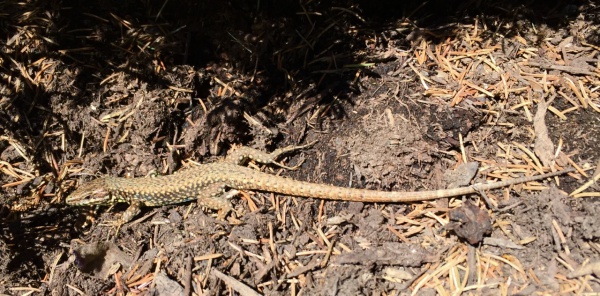Facts About Podarcis muralis
Meet the European wall lizard, or Podarcis muralis if you prefer a scientific touch. This small reptile is quite the wanderer, originally from Europe but now also comfortably established in parts of North America.
Reaching lengths of up to 20 cm, these lizards display a variety of colors. Most are brownish or greyish, but you might encounter individuals with hints of green or blue. Their bellies are particularly striking, often adorned with reddish, pink, or orange scales, and they typically have dark markings on their throats.
European wall lizards are notably adaptable regarding their habitat preferences. They thrive in rocky terrains and urban environments, frequently scurrying around rocks, rubble, and buildings. In southern regions, they prefer humid spots, while in northern areas, they are more likely to be found in drier locations.
When it comes to communication, these lizards are quite expressive. They use visual and chemical signals, with males possessing special femoral glands that secrete a waxy substance for signaling purposes. Interestingly, this species exhibits six different color morphs, each with unique traits such as varying gland secretions, immune responses, and body sizes.
You can find these lizards across mainland Europe and even as far east as Turkey. They've also established populations in parts of North America, including the U.S. and Canada, becoming particularly common in areas like the Cincinnati metropolitan region. Their translocation to North America occurred through a mix of accidental releases and deliberate introductions.

 Belgium
Belgium